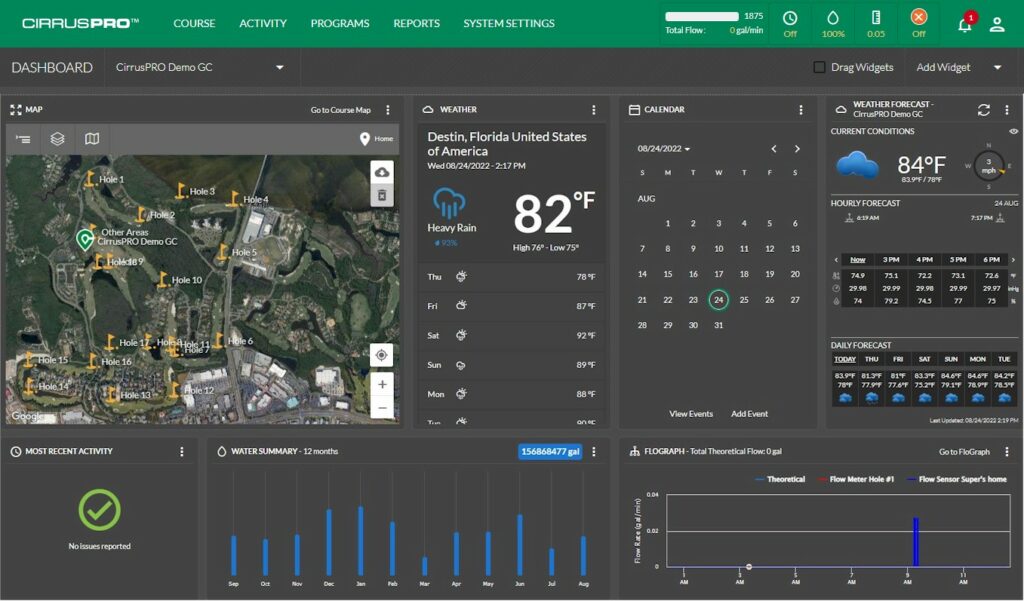Live Streaming – Electrical Troubleshooting
Troubleshooting the electrical operation of an irrigation system is a scary thought for many professionals in the irrigation industry. This training class aims to remove the fear of electricity by helping students understand how the electrical system works. First, an explanation of electricity will be presented along with some of the tools necessary to work on the electrical system. Electrical failures will be explored from both the power supply side and the irrigation controller operation. Finally, discussion on electrical circuits including control wiring and valve solenoids will complete the troubleshooting of an electrical system.
Course Outline
Unit 1 Electricity – definitions
Unit 2 Electrical testing tools
Unit 3 Incoming power supply
Unit 4 Transformer operation and testing
Unit 5 Irrigation controller station output
Unit 6 Electrical circuit testing
Learning Objectives
Upon completion of this course, students will be able to:
1. Define electrical terms: Current, Voltage, Resistance
2. Determine the correct setting on a multimeter for voltage and resistance testing
3. Identify a controller transformer failure
4. Define an irrigation electrical circuit
5. Perform a resistance test on field wiring
